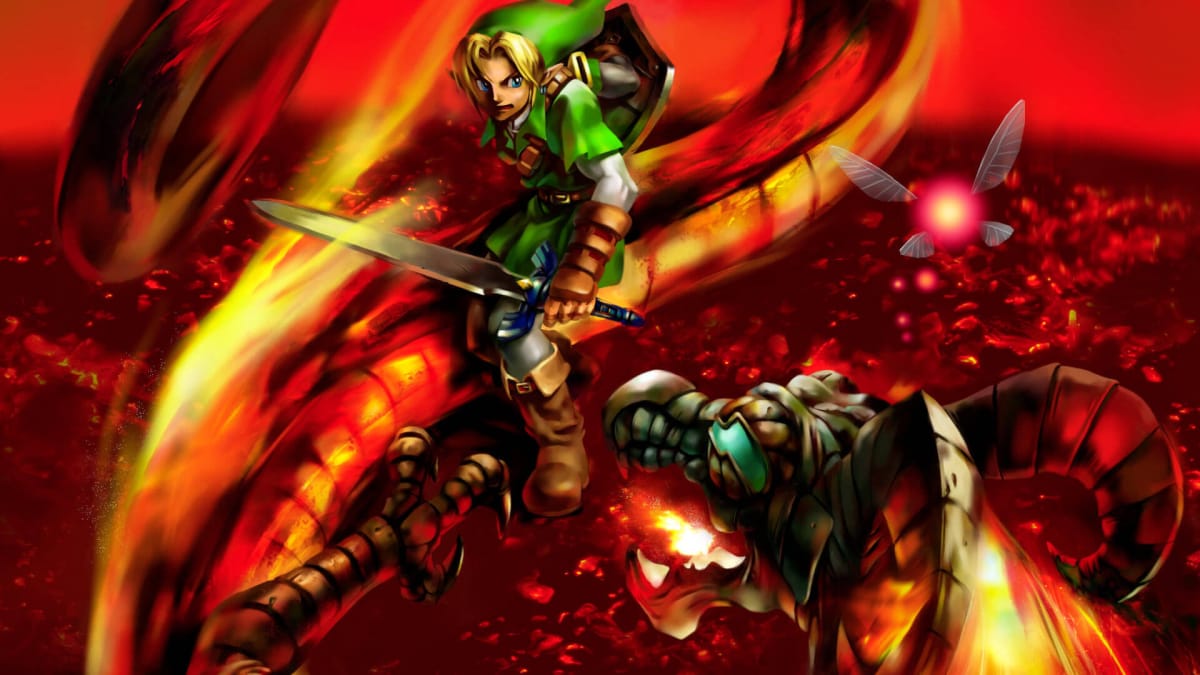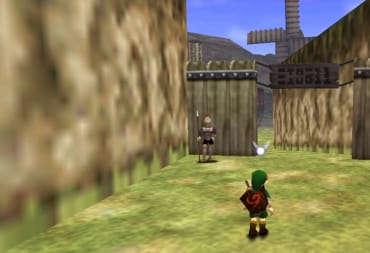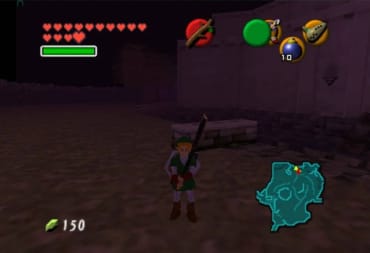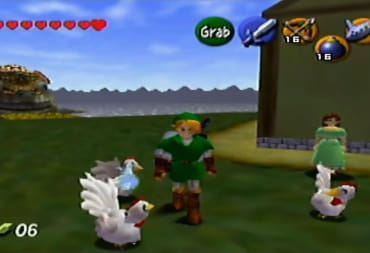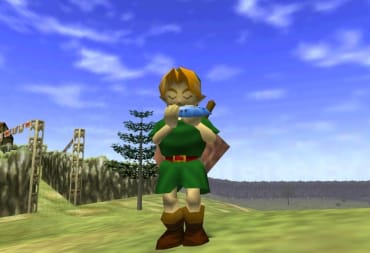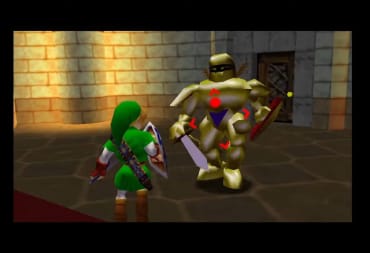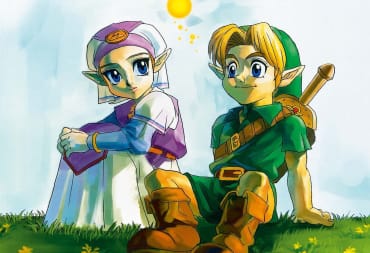Last time, we introduced the pre-production phase of Ocarina of Time, from its very early influences in chanbara swordplay to failed experiments using the FX chip. This article will continue the story by diving into the first two stages of development of Zelda 64, between October 1996 and July 1997.
Western Reveal of Ocarina of Time
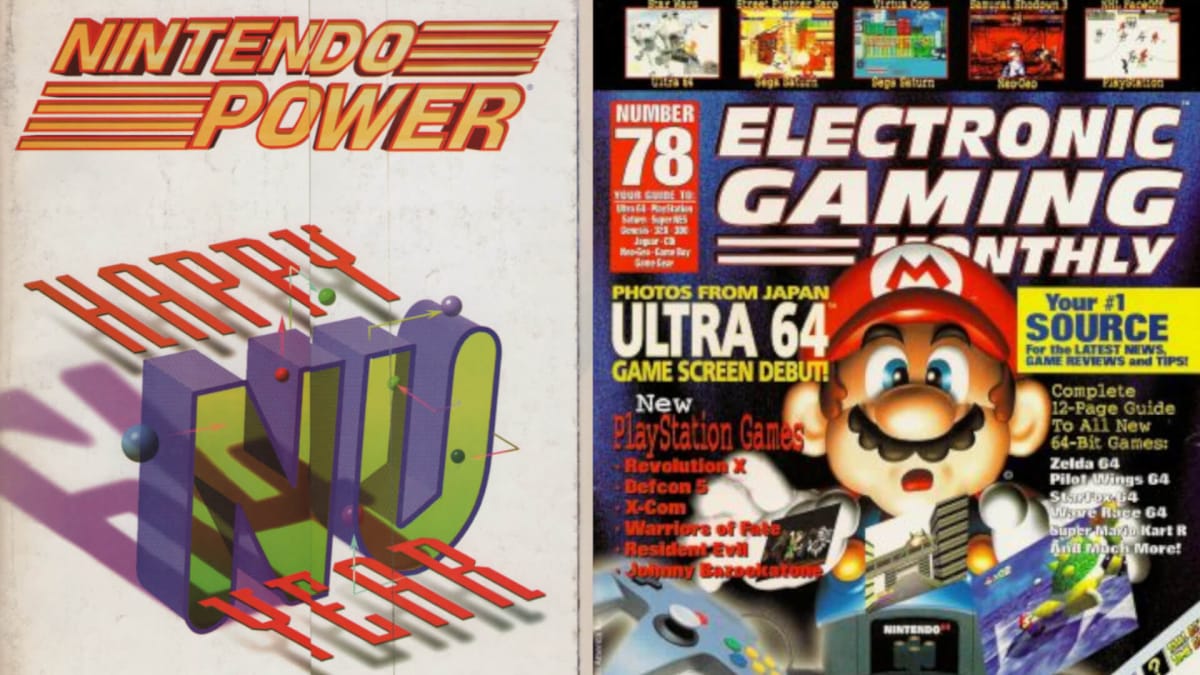
The first news and look of Zelda 64 in the West can be traced back to January 1996, when gaming magazines began covering the unveiling of the Ultra 64 at Spaceworld 1995. Some of the most popular magazines at the time, such as EGM # 78 and Nintendo Power #80, would preview Zelda 64 and point out the impressiveness of the game's graphics and the plans to release the game on the 64 DD.
Throughout 1996, the development of Zelda 64 would begin to take its full form. By this point, much of the game's production had ramped up with Super Mario 64 near completion. The Ultra 64, now named the Nintendo 64, would launch in Japan on June 23, 1996, with two games: Pilotwings 64 and Super Mario 64.
Super Mario 64 was given critical acclaim for its design, visual style, and mechanics, which were deemed revolutionary at the time. Little did many know, behind the scenes, the design and early mechanics were heavily influencing the concurrently developing Zelda 64.
An early interview from Japanese magazine Faminmanga 64 would see producer Shigeru Miyamoto discuss the early development process. This interview briefly talked about how Zelda 64 and Super Mario 64 were concurrently being developed, with some of the puzzle elements from Zelda seeping into the design of Mario. Miyamoto also noted that the camera system in Zelda 64 will be different compared to Super Mario 64, which was still being experimented with at the time.
It is well known that Miyamoto suggested that Zelda 64 can be played in a first-person perspective, which would then turn into a third-person, sideways view when fighting enemies. This was technically a holdover of the FX Zelda II days, but directors Toru Osawa and Toshio Iwawaki noted that the angle just didn’t work well enough and was eventually scrapped. First person in any form would not be implemented until Stage 2 of development, to provide smoother aiming for the Fairy Bow.
The interview would be re-posted in English in Nintendo Power #89 from October 1996, the same month as Zelda 64’s first true showcase at Spaceworld.
Spaceworld 1996
Spaceworld 1996, which took place in November of that year, is fairly well documented with images and interviews, including reports from then-emerging gaming websites such as IGN. Nintendo itself would also post on their own website, showcasing a list of games, exclusive photos, and panel discussions of what was shown.
The official reveal for the Nintendo 64 would see multiple games, some released and some long forgotten, shown to the public for the first time. It was also the first full look of Zelda 64 through a short, rendered trailer that would showcase the game in its Stage 1 (A+B) form.
The Spaceworld trailer is the stuff of legends for those who were on the early internet, mostly because of its depiction of a Triforce that Link discovers. This image of the Triforce would become a long-running obsession for many Zelda fans for over a decade, with hundreds of players looking for the Triforce in-game, as well as elaborate hoaxes involving the finding of it. It was only within the past few years that it was discovered the Triforce was never implemented into Ocarina of Time, making its appearance in the trailer a lost element to the game's development.
The Triforce aside, the trailer also showcased early designs for Link and the stalfos, the first enemy actor to be designed for Zelda 64. It was also the first showing of the large town setting, a dungeon, a rocky mountain area, an unknown Sky Area, and the Triforce dungeon room. Interestingly enough, the images within the trailer feature textures that were recycled from Super Mario 64.
Some of the areas and textures from the Spaceworld 1996 trailer would later be discovered in the Debug ROM for Ocarina of Time/Master Quest. The biggest find would be the red-carpeted dungeon room, which would survive throughout Stage 1 and Stage 2 of development.
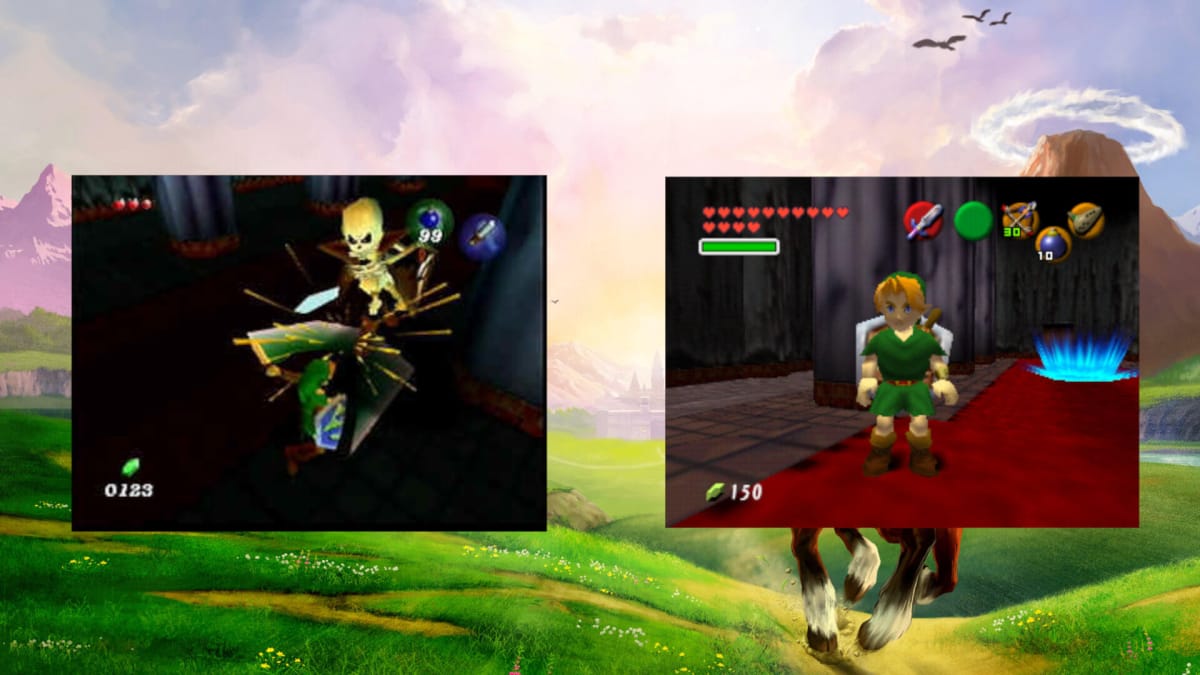
The room, now known as the Stalfos Boss Room, is nicknamed in the Debug ROM as “syotes2,” short for “show test 2.” This implies that room was designed specifically as a show demo room, likely to present some of the game’s more advanced combat and Z-targeting.
The second asset would be based on the screen dubbed the Sky Area, a mysterious room filled with what appear to be swirling clouds. The texture of the platform (the blue stripes) is seen in a few other screenshots from Stage 1, in particular a blue-tinted room similar to the Triforce dungeon sequence. We also see the texture in another test room found in the Debug ROM, nicknamed the Stalfos Miniboss Room.
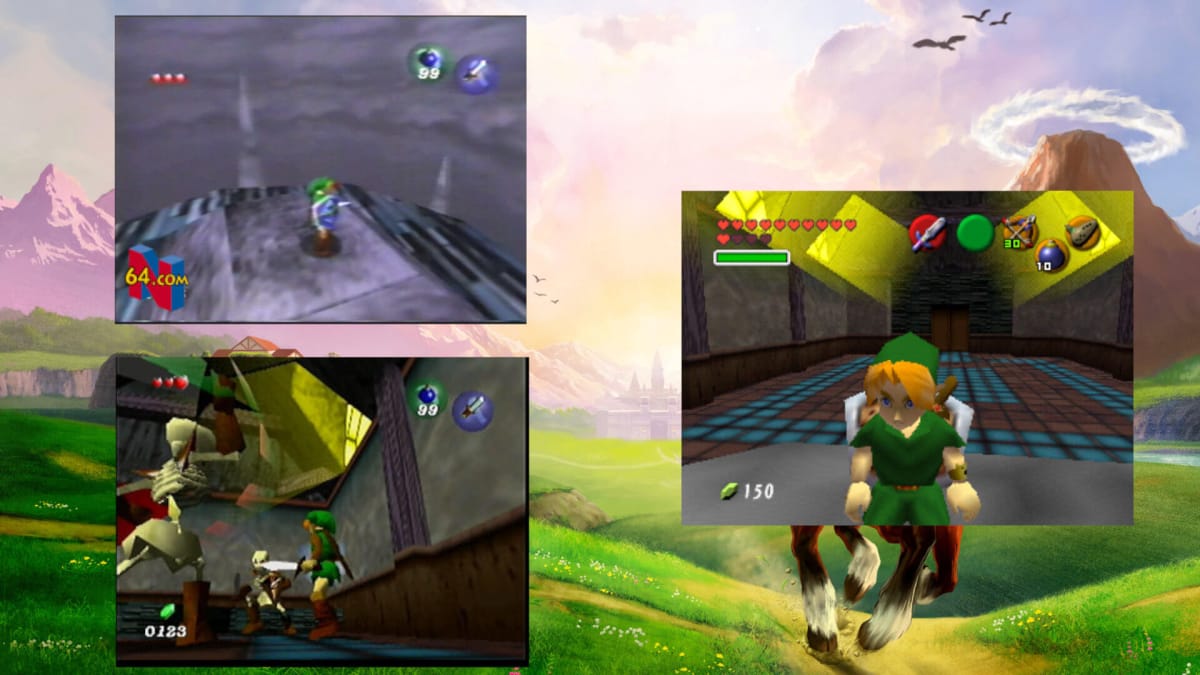
Only a handful of screenshots of the miniboss room were ever shown to the public, during the first wave of screens from Stage 1 of development. It is unknown if the Sky Area was connected to the miniboss room at all, but the reusing of textures may imply it is a reworked area to completely test more of the game’s mechanics. As for the Sky Area, it was never seen again after this trailer, similar to the Triforce dungeon.
The Nintendo 64DD
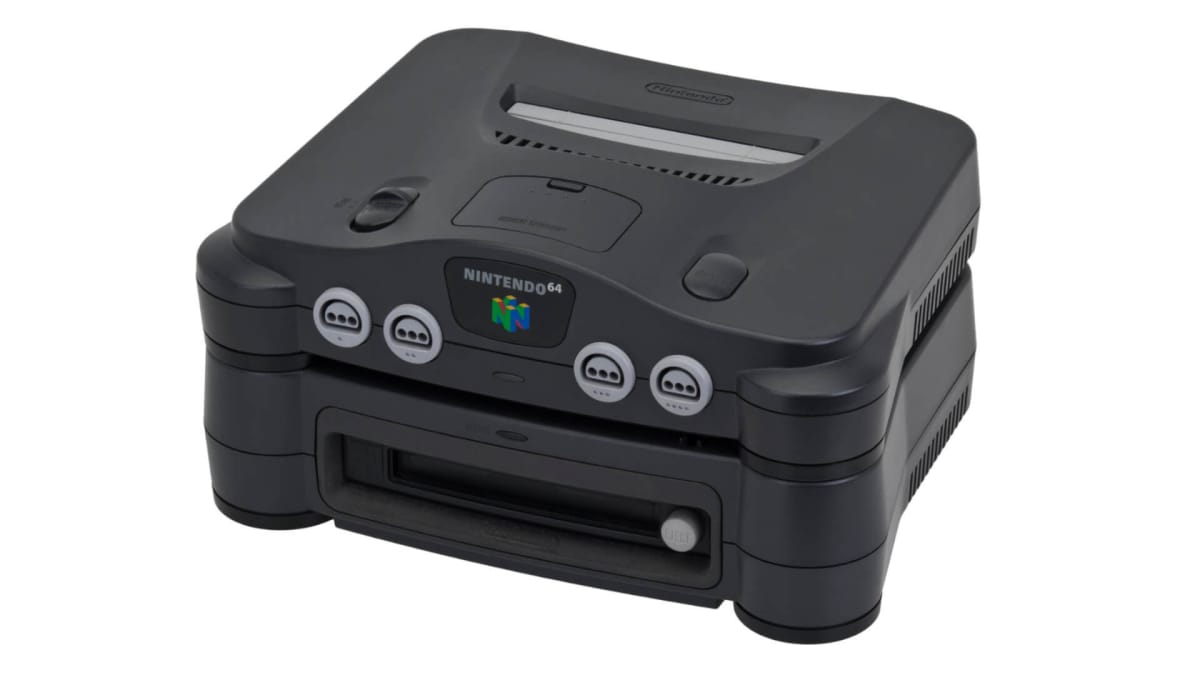
It was during Spaceworld 1996 that more details regarding Zelda 64 being a 64DD exclusive came to light. An interview with then Nintendo of America President Howard Lincoln noted that the 64DD’s showcase at Spaceworld that year was a last-minute inclusion, but that the 64DD would be a huge asset for game developers because of its technical abilities to be on par with CD-ROM technology.
The 64DD in and of itself is a story about the major technical issues and shortcomings that would lead it to become a notorious commercial failure by 2001, but at the time, many developers, especially western developer's from Nintendo’s assembled “Dream Team,” were quite eager to see what the 64DD was capable of. It is said in multiple articles that Super Mario 64 was made playable on the 64DD to serve as a playable demo for the system's capabilities.
Shigeru Miyamoto was particularly interested in the capabilities of the 64DD. An interview with the German Magazine Total!, dated January 1997, would include Miyamoto noting that the 64DD would allow Zelda 64 to create more complex worlds where “every action and change by the player also permanently changed the world.” An example given would be Link picking a flower, and new vegetation growing in its place as the game progresses.
Zelda 64 was deemed the “killer app” of the 64DD almost immediately, because of the perceived exclusivity of the game to the system. This would put some pressure on the developers at the time, but bigger issues were beginning to show with the 64DD. Satoru Iwata would even comment on the difficulties of the 64DD in an Iwata Asks interview with the directors of Ocarina of Time.
“ROM cartridges don't have moving mechanical parts, so you can retrieve motion data in an instant wherever it is, but with a magnetic disk, it takes time to move certain mechanical parts, so depending on where the data is, it takes time to retrieve it, so you couldn't make Link move. If there weren't many movements and you could fit them in the memory, you could read them to memory from the magnetic disk beforehand, but there were 500 patterns.”
—Satoru Iwata
The reason this was a major issue was due to the fluidity of combat. Miyamoto noted in the translated Faminmanga 64 article that the sword movements in Zelda 64 seemed unnatural due to brief breaks where the soldiers stop for a moment before making a move. The lag times between moves and loading, despite the extra memory, was a major hurdle that the team had to endure while developing on the 64DD.
Another factor was the numerous delays the 64DD would suffer. The DD add-on was announced in 1995, but officially released in 1999, a full year after Ocarina of Time would be released. The constant delays and constraints of the 64DD would lead to a major decision the developers would reckon with by 1997.
A translation of the Total! Interview, according to the Cutting Room Floor, points out that the article also notes the uncertainty of the 64DD, noting that Nintendo was “waiting for certain conditions to bring the N64 accessory to market, such as high sales of the N64 in Japan, tolerant customers, and a second big-game launch title that would strengthen confidence in the system.”
Total! also noted that two versions of Zelda 64 were currently in development, just in case the 64DD would fail to release. This is apparently corroborated by Miyamoto in this interview, stating that the cartridge version of Zelda 64 would be “a slightly different variation of the game.” At this time though, there is no reference or confirmation by Nintendo of multiple versions of Zelda 64 in development at the same time.
Stage 1 of Development
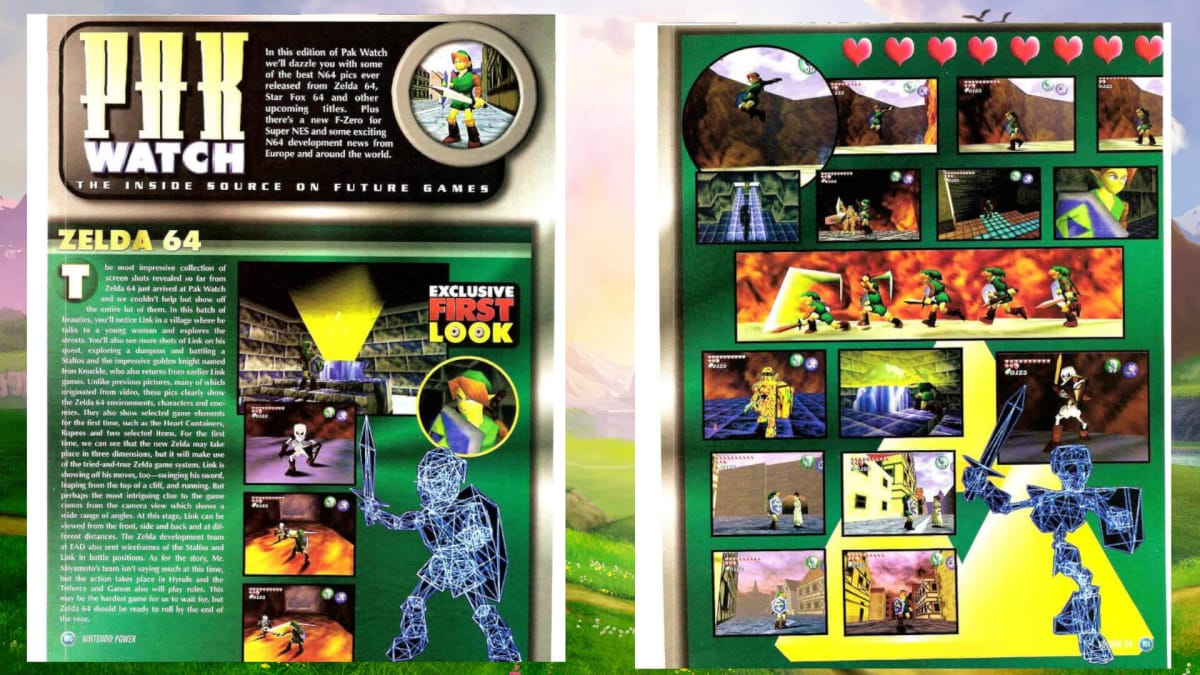
The first official screenshots of Zelda 64 would be revealed around January 1997, with some in the United States waiting until issue #94 of Nintendo Power, dated March 1997. By this point, the screengrabs began showing more detailed images of the large castle town, a female NPC, Lake Hylia, a forest area, and a few new enemies, including the Iron Knuckle, Poe, and Dodongo. Link by this point would be in his in-between design.
Director Yoshiaki Koizumi revealed that some of Link’s initial designs were based on the input of his wife, who believed that all Nintendo characters were not handsome enough due to having “funny noses.” The focus on a more adult Link gave him a more pointed nose, reduced his sideburns, and even added earrings and jewelry to make Link more attractive. To counteract this, as the “cool” factor was arguably against Nintendo’s style, it was decided to give Link long underwear beneath his tunic, colored brown at first, but later re-designed to be white.
Narratively, very little was done in terms of a storyline by writer/director Torou Osawa at this time. Nintendo’s core philosophy was to focus on mechanics and gameplay design first, story second, and much of the focus of the design was trying to perfect the swordplay mechanics first. As such, the time-travelling aspect of Zelda 64 wasn’t conceived yet, and Child Link would not be implemented at all until later in development. Osawa instead would focus on the chanbara swordplay, writing a script which was possibly more action-heavy at this early stage of development.
The only known tidbit at the time was that the game takes place after Zelda II: The Adventure of Link, according to an IGN 64 article dated November 1996. This is significant because over a decade later, Nintendo would retcon their own timelines of the Zelda series to make Ocarina of Time the major branching point between three distinct timelines to fit all the games in the franchise, with Zelda II later serving as the last game in what is now known as the defeated Hero Timeline, where Link fails to stop Gannondorf at the end of Ocarina of Time. Outside of this IGN reference, it would be over a year before more story details would surface.
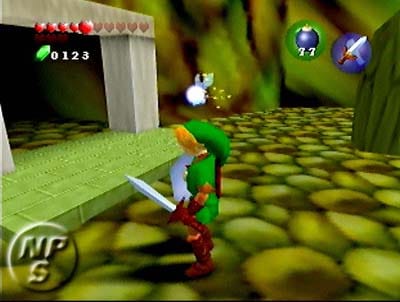
The most notable inclusion at the end of Stage 1 of development was Navi, who was added as an in-game navigation for Link. Navi was created by Koizumi, who felt that Navi would be more lore-friendly and a better fit than the placeholder triangle at the time. Navi would be named by Osawa, jokingly based on Koizumi's description of her as a “fairy navigation system.”
Along with Navi, the tail end of Stage 1 would have several locations that would survive to the end of development. The most notable of the two are Dodongo’s Cavern and Lake Hylia. Dodondo’s Cavern is widely considered the first dungeon created for the game, along with the first area of the game to receive significant development. It is most recognized by the giant rock head found in early development, along with several platforms and bridges to climb and jump on, as well as early versions of Dodongo’s and Keese to fight.
Lake Hylia would see major changes throughout the development of Zelda 64, with the first screenshots depicting a singular house, with a dock and a female character. A version of this Lake Hylia was found in the Spaceworld 1997 Overdump, which implies that Lake Hylia in this form would last well into Stage 3 of development.
Other areas, some discovered in the maps from both the Gigaleak and the Spaceworld Overdump, include the golden dungeon room, now known to be a beta version of Ganon’s castle. Ganon’s castle would last until Stage 2 of development, before it would be replaced with its final design.
This version of Ganon’s castle is a remnant of the original design of Zelda 64, namely Ganon’s castle being a hub world connected to multiple maps and locations for Link to traverse as he climbs the tower. This was supposed to mirror Super Mario 64’s design quite closely, and though Ocarina of Time does contain a similar challenge in Ganon’s castle, the portals to other worlds aspect was removed.
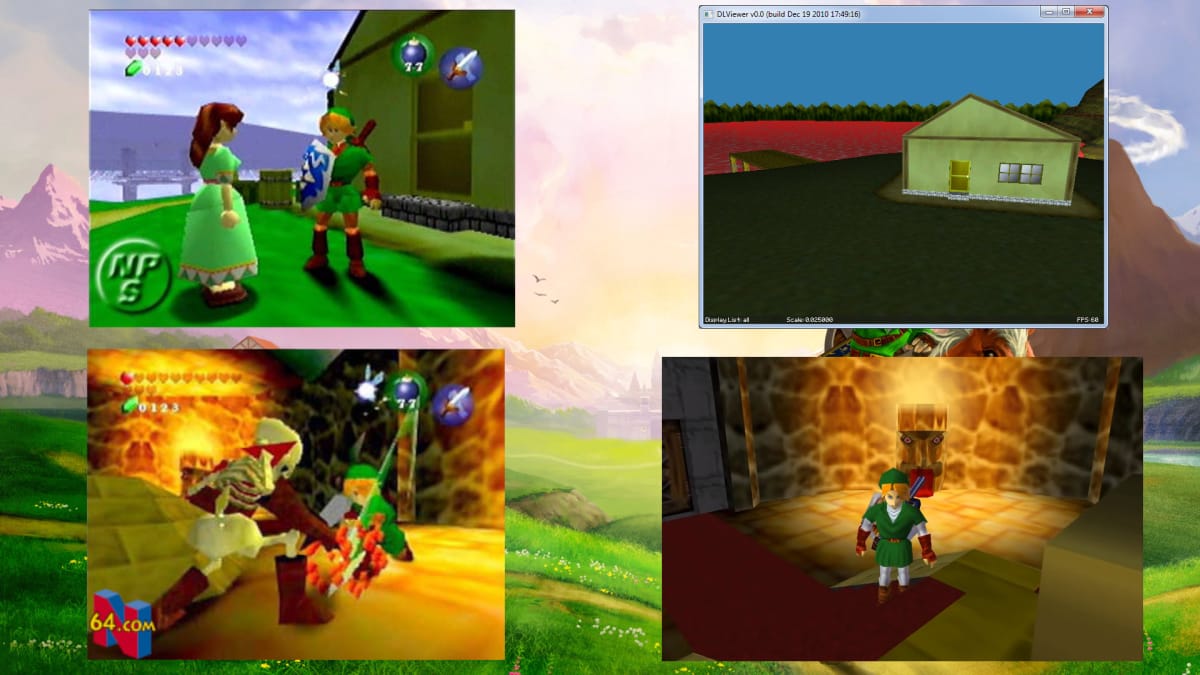
It is known that this design was done due to the game being on 64DD at the time, though there is no confirmation of this to be true. The only mention of this original design plan was Miyamoto stating that this version of Zelda 64 was a part of the original development back in 1998.
Another would include the forested tree area. Thought to be a beta version of the Lost Woods for years, the Gigaleak revealed that it was in fact an early version of Hyrule Field. The evidence comes from twitter user CDi-Fails, who noted that the background contains a (now discovered) beta version of Hyrule Castle.
All other areas are smaller, possible test maps and rooms that would later be revamped or scrapped entirely. This includes the town map, which at this point has never been discovered in any of the beta maps currently available to the public, but has subsequently been recreated several times by fans. This was also before Nintendo would use pre-rendered backgrounds for interiors and the Hyrule city exteriors.
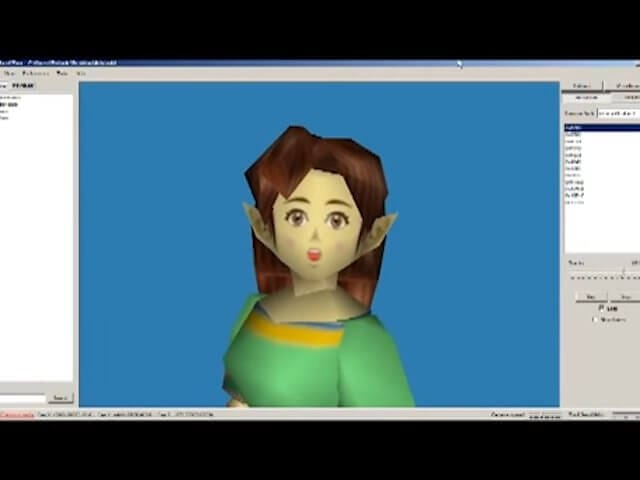
One more piece from this Stage 1 of development is the female NPC, nicknamed Aria by the fans. Aria is found in the Debug ROM of Ocarina of Time, but her model and animation are in a very old format that was completely incompatible with the final version of the game. It is speculated that Aria was a test character to interact with Link in a non-combat role, and not part of the game's story in any form.
Stage 2 of Development
Stage 2 of development is considerably shorter than Stage 1, but this is mostly due to the known versions of the game that surfaced at this time. The genesis of Stage 2 comes from just before E3 1997 in June of that year. Most of the evidence and screengrabs shown would come from promotional videotapes across Europe and America, along with the E3 1997 sizzle reel.
It was at this Stage 2 of development that many iconic elements of Zelda 64 would be seen for the first time, including the Great Deku Tree, a version of the day/night cycle, an early version of Lon Lon Ranch, and mechanically, the use of Navi through Z-targeting.
Navi’s inclusion would be a major step forward for the game's overall narrative. Though the focus was still on chanbara-styled action, Osawa would begin to write dialogue for Navi to give her more character and dynamics with Link, and to provide smaller bits of narrative to Link’s objectives. Some examples include offering advice on how to defeat enemies, highlighting objects around the world, and giving directions to Link. These features, while often raising the ire of some fans, would become cornerstones of Navi’s function and of the further development of Zelda 64.
Visually, Link’s design was more finalized by Koizumi, giving Link his blonde hair over the more red color, along with slight changes to his tunic and face. Link was also shown using more than just the regular sword at this point; screenshots from Stage 1 depicted him with the beta version of the Fairy Bow and hinted at bombs in his inventory. Stage 2 would show the bow in action in third person, along with a new weapon: the Biggoron’s Sword.
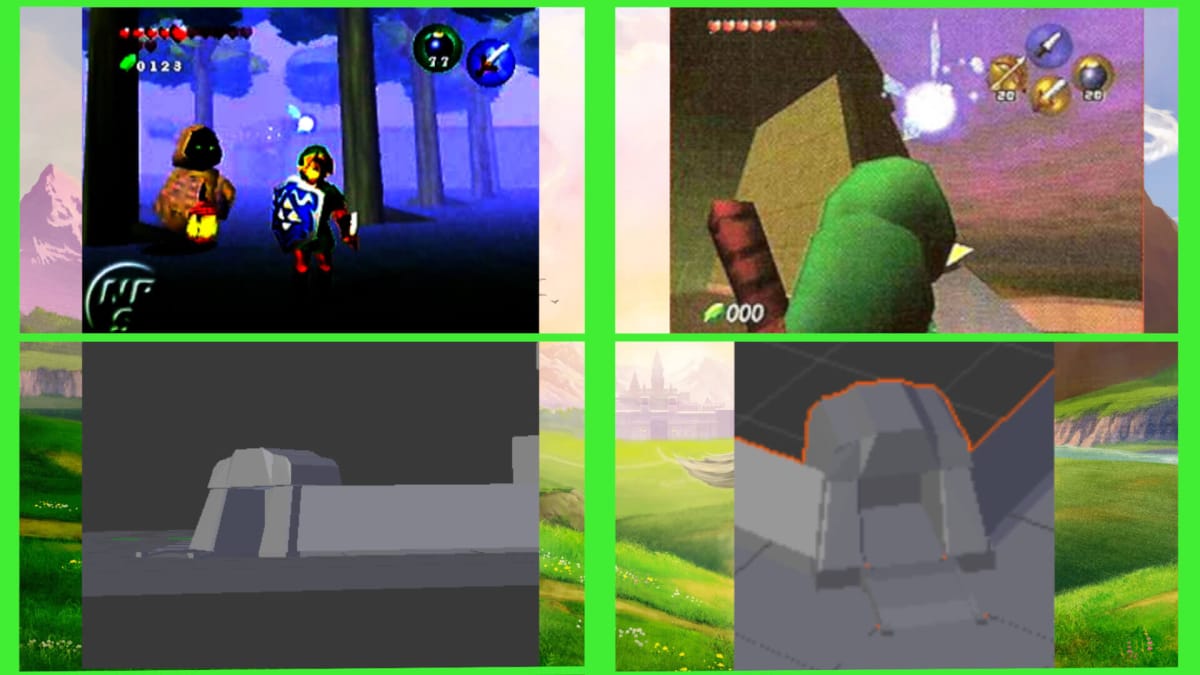
The videos and screenshots of this time also showed off a beta version of Hyrule Castle. Originally nicknamed the “Sky Temple” this castle would later be discovered in the beta files of the Gigaleak. Other maps from this time were also recently discovered, including beta versions of Kokiri Forest with the Deku Tree, and Kakariko Village and its graveyard. All of these beta maps have since been discovered, both in the Gigaleak and the Spaceworld 1997 Overdump. Interestingly, the beta versions of these locations are noticeably larger than the finalized game counterparts, perhaps a relic of the 64DD having more disk space.
It would be at E3 1997 where the biggest bombshell would drop: that Zelda 64 would not be released on the 64DD. The 64DD version would not show up at E3, with NOA President Howard Lincoln noting, “When we get that exactly right, we'll introduce the 64 Disk Drive.” It would later be confirmed that this version of Zelda 64 had been officially switched to the Nintendo 64. The sheer size of the game, touted at 128 Megabits, was a powerhouse for the Nintendo 64 at that time.
Very little footage of Zelda 64 at E3 1997 exists today. Only a CD rip from Edge Magazine, issue 50, provides the most definitive proof. This footage (shown below) is corroborated by other small videos posted on YouTube, including other specials that showcased a bit of Zelda in their E3 presentations, such as a French report on E3 that year.
Development on Zelda 64 would continue on heavily, but the biggest changes were simply on the horizon, when the world would be introduced to a child version of Link, vast landscapes never before seen, and the Ocarina of Time.
Tomorrow, be sure to check out the analysis of Stage 3 of the game’s development in our next installment of this series.
Have a tip, or want to point out something we missed? Leave a Comment or e-mail us at tips@techraptor.net
